In 2013, a new stimulant was found in two high profile sports supplements; DETONATE from Gaspari Nutrition, and CRAZE by Driven Sports. The compound in question, which was not specifically listed on either label, was N,α-diethyl-phenylethylamine, also known as 2-ethylamino-1-phenylbutazone (EAPB). According to the FDA, this agent was an unapproved synthetic analog of amphetamine. Shortly after reports of its use surfaced, both companies reformulated or withdrew their products from the market. This post concerns a new 2015 paper that discloses the testing results on 17 samples of these products, which were obtained in Australia two years ago. While it doesn’t really add much to the story, if you’ve been following the “Craze Fiasco”, you might find the details interesting.
Very briefly, here are the specifics. Researchers in Australia purchased 17 bottles of the two supplements and took them in for examination. Of these, 16 were actually various flavors of CRAZE. The remaining was a single bottle of DETONATE. Lab analysis revealed the bottle of DETONATE, as well as 13 out of 16 bottles of CRAZE, contained the stimulant EAPB. The only items that showed up free of the compound were two bottles of CRAZE Berry Lemon Flavor and one bottle of CRAZE Candy Grape Flavor. As to how much was in there, the EAPB concentration in the CRAZE samples was reported to be wildly inconsistent. It ranged from slightly less than 2 mg/g, all the way up to 10 mg/g. DETONATE contained 16.1 mg/g, though with no other samples there was (obviously) no way to judge consistency.
Interestingly, the researchers also had three human subjects consume samples of CRAZE containing EAPB. The intent was to see how the drug was excreted, and how long it and its primary metabolite APB (2-amino-1-phenylbutazone) would be detectable in the urine. The substance turned out to be a fairly persistent stimulant. According to the researchers, the agent could flag a urine sample as “suspect” for 4 days or longer following a single dose. It is also of note that the subjects reported stimulation/energy and good mood for 2-3 hours following use. Side effects were also reported, however, including muscle ache, headache, loss of concentration, increased heart rate, and sleeplessness. These lasted from 6-8 hours, or in the case of one volunteer, 2-3 days. Note that placebo controls were not used.
So, there you have it. Again, the appearance of EAPB was big news back in 2013. Those interested in this story today are likely waiting for its ultimate conclusion. Most notably, they would like a clear answer to how EAPB got into the supplements of two high profile brands. Was it a deliberate act, as many have speculated? Who were the individuals responsible for making this decision… importing the agent? How did it get past an FDA approved facility and into consumer products? Will there be any penalties for the companies and/or people involved? Unfortunately, this paper really doesn’t answer any of these questions. The abstract isn’t extremely detailed as well, which has led to some speculation as to what the piece is really all about. The above pretty much sums it up. Many samples… many tests… many questions remain.
Reference:

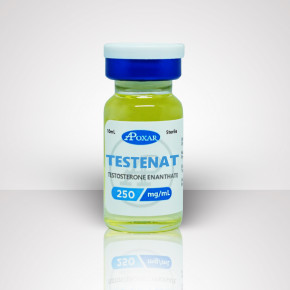
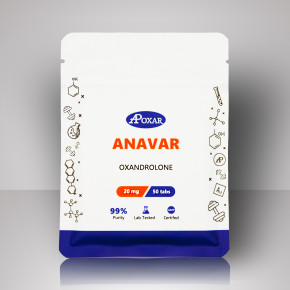
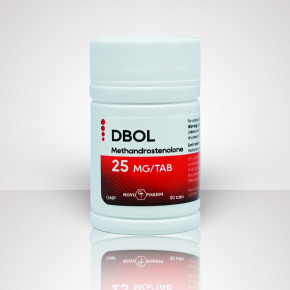
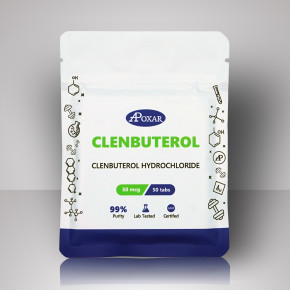
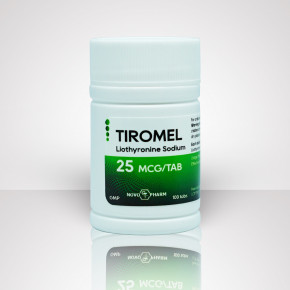
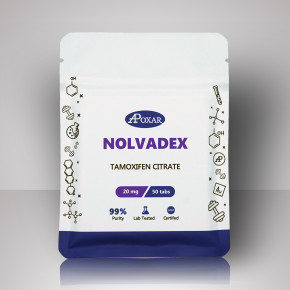
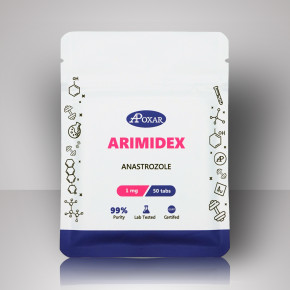
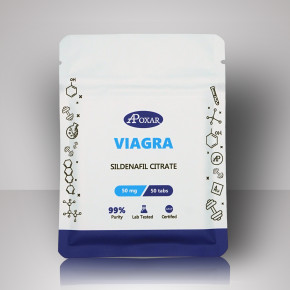
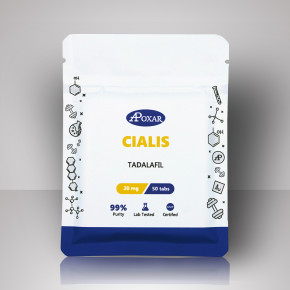
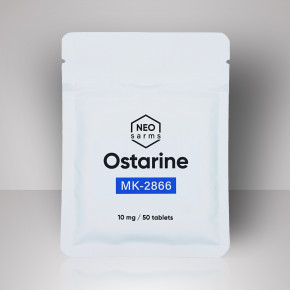
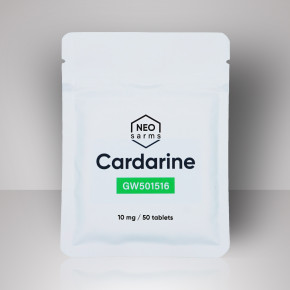
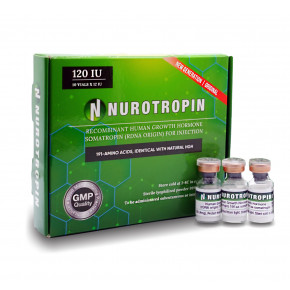
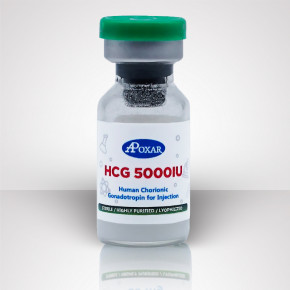
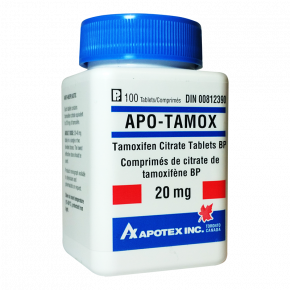
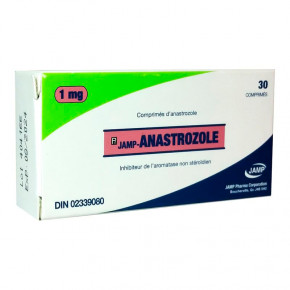
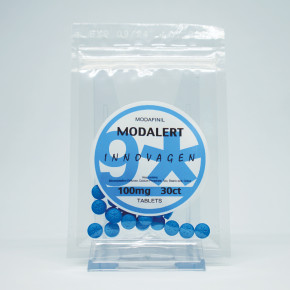
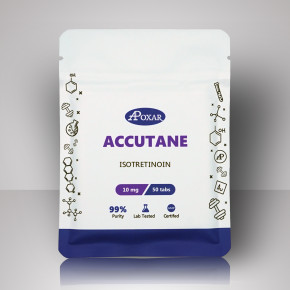
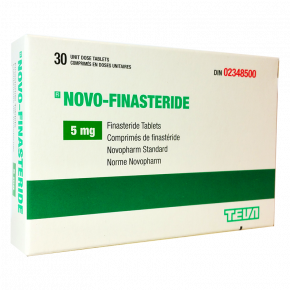
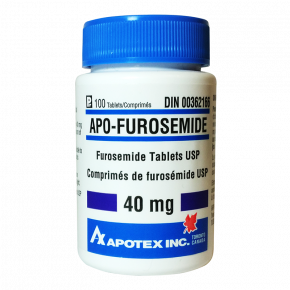
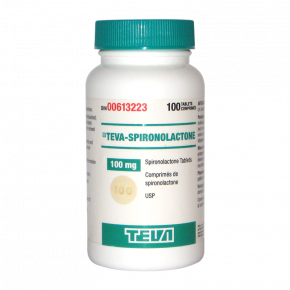
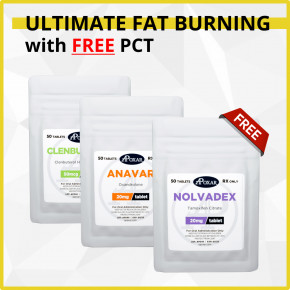
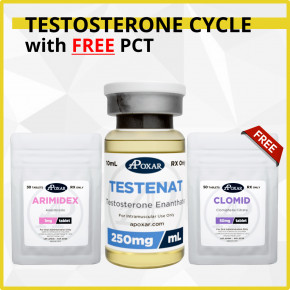
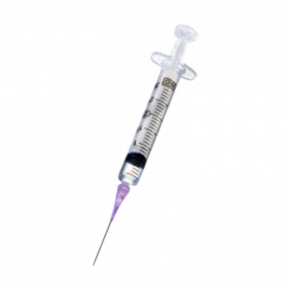
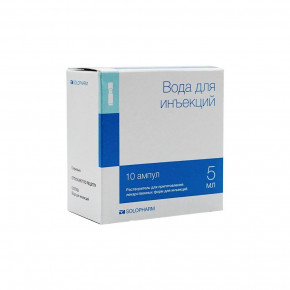

 Proudly Serving Canadians Since 2012
Proudly Serving Canadians Since 2012